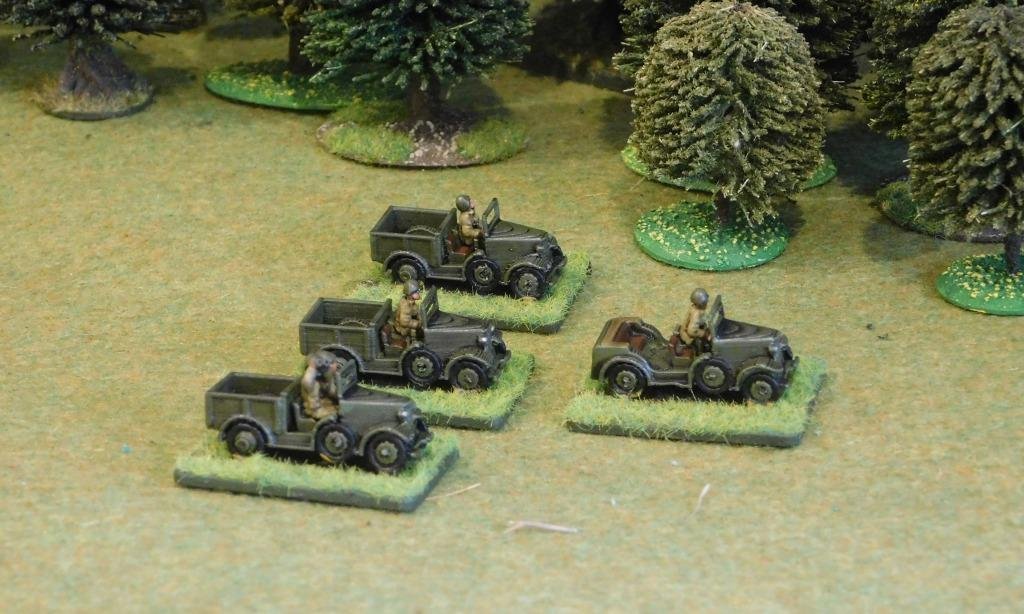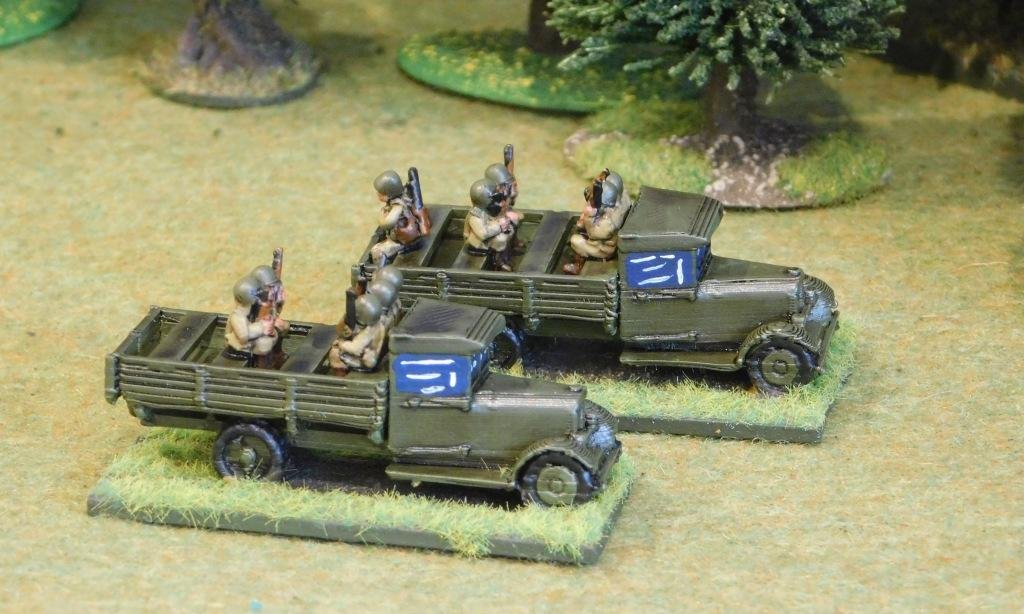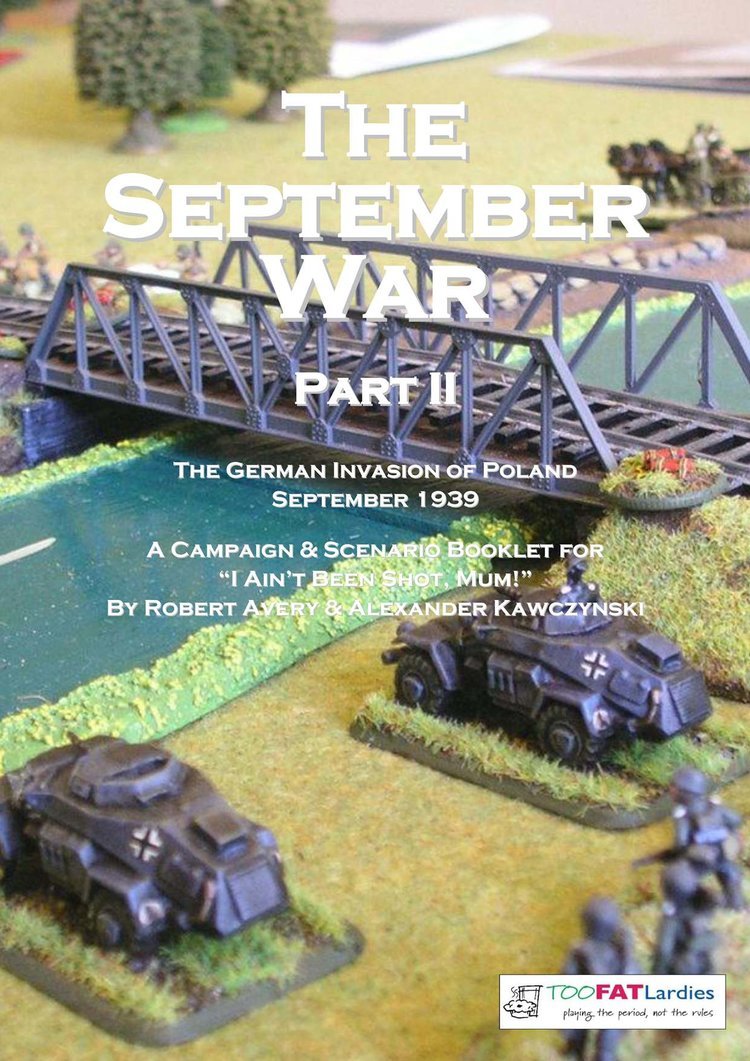Polish WW2 Howitzers
/Even though IABSM is a company-level game, where any artillery heavier than 75mm would be way off-table, I like to have one artillery unit per army painted up and ready to go. There’s the occasional scenario featuring things being so bad that the artillery is firing over open sights, or they can act as objectives or even battlefield scatter.
With the Poles, I’d already painted up all the limbers and tractors I needed: all that was now required was the guns. With Battlefront hit hard by the COVID crisis, I just couldn’t get hold of any set Polish artillery packs so had to try and make up my own.
Luckily the Poles used the ubiquitous Czech Skoda 100mm guns produced under license, which they called the wz. 14/19, so I was able to order four plastic sprues from Battlefront. They look ages to arrive, and at first I thought that I had the wrong model: the wheels didn’t look exactly the same as the image in the Battlefront shop, and it looked as if either the Poles used a shorter barrel for their version or that I had mounted either the shield in too laid back a position or the gun too far forward as the barrels seem to stick out more than they should. Here’s a picture from the Battlefront website to show you what I mean:
This was all very disheartening, but then I did a search on the web and found this picture:
And loads of other variants as well.
It seems the wheels could be correct for some versions, the gun shield didn’t necessarily cover the wheels, and it seems the barrel did stick out - perhaps not quite as far as mine, but closer than the Battlefront picture model. One thing: the barrel seems to have extended past the recoil cylinder. Annoyingly, the wz. 14/19 is one of the few guns not looked at in detail on the the otherwise very comprehensive PIBWL military site.
So a bit up in the air, but my models will definitely do!
The crews are from Peter Pig, who are usually excellent for providing small packs of figures. Here I used two packs of Soviet artillerymen, who are usually a very good substitute for Poles. Unfortunately I must say that I don’t think these are up to the usual Piggy standard. The faces, usually very detailed, are a bit stodgy, and the limbs/poses a bit off too. I had to double check that I hadn’t used early Battlefront models by mistake!
But they are done, and at a range of 3ft they will look perfectly good on the tabletop. It’s just me that will worry all the time that they are not quite right!
































